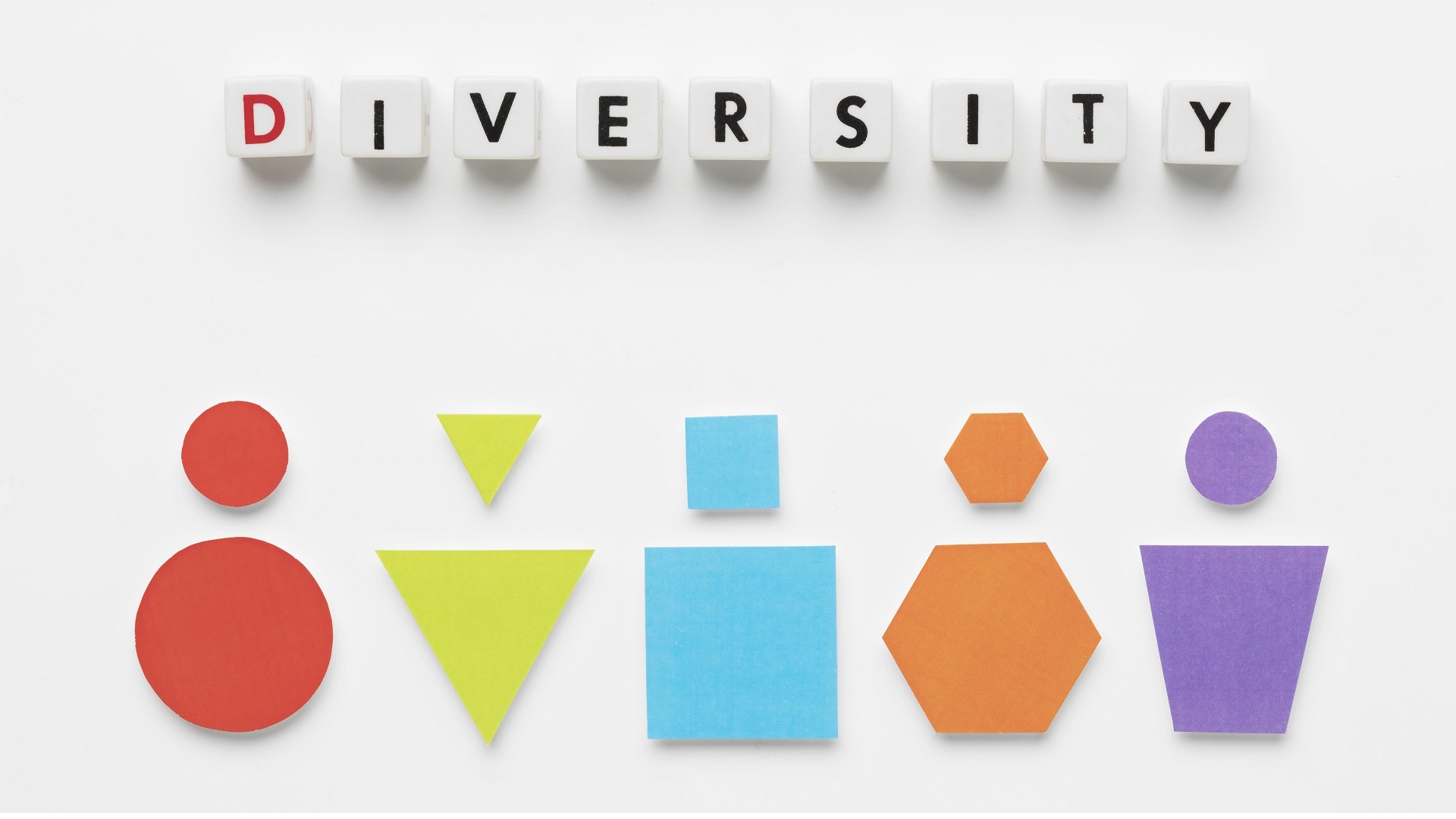Universal design is the practice of designing with the fundamental aim of making the environments, products and services it creates accessible to all people, regardless of their abilities, age or individual characteristics.
Universal design emerged in the 1960s and 1970s as a reflection of the desire to respond to the needs of people with functional diversity. Today, however, it is applied to a wide range of situations. Whether in the design of buildings and public spaces, or of kitchen utensils, mobile phones or vehicles, or of services such as public transport or health care, all instances are amenable to universal design.

Universal design is based on principles that include fairness and flexibility of use, simplicity and intuitiveness, perceivable information, tolerance of error, low physical demands, adequate size and space for access and use, and so on.
In addition to the main objective of ensuring accessibility and usability, universal design also improves people’s quality of life. For example, the removal of physical barriers in buildings and architecture in general helps people with functional diversity, but also the elderly or families with pushchairs. Similarly, the use of pictograms or icons in signage instead of text serves to make environments easier to navigate for people who do not speak the local language.
By Manolo Barberá, Senior Hydraulic Modeller at Amusement Logic’s Architecture Dept.






